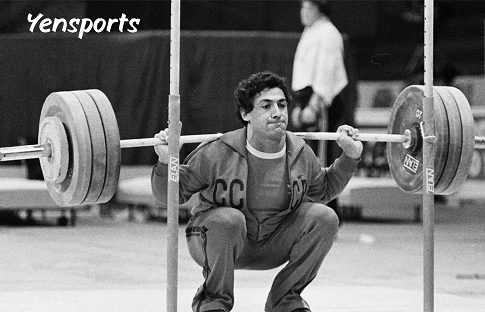Understanding Top-End Speed: A Comprehensive Analysis
Elasticity:
Top-end speed elasticity is a term used frequently within athletics, engineering, economics, and other disciplines that deal with matters of performance and efficiency. Simply put, it can be defined as the speed with which an increase or decrease in a given variable, whether that variable is power, energy, or resource distribution, affects the maximum performance, or “top speed,” of a system. While the term itself may sound complicated, it simply pertains to how a set of factors interplay in creating the top potential of a process or an entity, be it a human sprinter, a vehicle, or an economic model.

The Concept of Top-End Speed:
Elasticity:
Understanding top-end speed elasticity requires an understanding of the meaning of “top-end speed.” In sports, it represents the maximum velocity one can obtain after accelerating from his/her fastest pace. For a vehicle, it means the greatest speed that can be obtained in ideal circumstances. The top-end speed would hence analyze how any variations in input parameters-the factors involved with training, technology, or fuel efficiency affected peak output speed.
The relationship is typically not linear between speed and all the other factors. Thus, for example, increasing either the power of an engine or the strength of a sprinter does not proportionately increase top-end speed. Beyond certain thresholds, returns typically tend to diminish. Top-end speed elasticity is exactly an attempt to quantify the relative sensitivities of speed as induced by different changes in the inputs.
Factors Affecting End-Level Speed:
Elasticity:
- Power and Energy: In men the athlete and in mechanical machines also, the speed attained at the end level is a function of the amount of available power. For instance, for a sprinter, it might be muscle strength and aerobic fitness; for a car, horsepower may be the answer. Beyond such a point, however, not much elasticity is possible for there may be nothing further that the system knows or needs to learn.
- Aerodynamics and Resistance: In many high-speed scenarios, there is substantial resistance against the moving body. The more speed of an athlete or a vehicle, the greater the drag.
- Efficiency: Elasticity is also determined by the efficiency at which energy is converted into speed. Highly efficient systems, be it a finely tuned human body or an advanced vehicle engine.
- Physiological and Mechanical Limitations: In biological systems, like human runners, there is a ceiling to top-end speed due to factors such as muscle fiber composition, cardiovascular limits, and biomechanical efficiency. Similarly, mechanical systems, such as cars or airplanes, have material and design limits that determine their maximum speed, beyond which no amount of power will increase the speed.
- Environmental Factors: The top-end speeds would be impacted by weather conditions, terrain as well as altitude. In the case of tailwinds, it could increase the same, and headwinds impact negatively. In the case of a vehicle, the road or inclines may decrease the efficiency of such a speed in which the system would also be less.
Elasticity Equation for Top-End Speed:
Elasticity:

For many fields, the measure is shown through the equation below;
Elasticity = % Change in Speed % Change in Power Elasticity = % Change in Power % Change in Speed
This formula measures the responsiveness of speed to changes in power or input variables. Higher values mean that input increases can have big bangs in top-end speed whereas lower values represent that additional input has diminishing returns.
Practical Application:
Elasticity:
The use of top-end speed allows both the coaches and the athletes to get maximum utility out of the training programs. It allows for training in developing more power without much wastage overtraining.
- Economic Models: Top-end speed elasticity may be relevant to a production and consumption model in economic theory. For instance, consider how capital investment or new technology affects the peak of an industry’s or market’s output.
FAQs on top-end speed:
Elasticity:

1. What is the “elasticity” of speed?
In this context, would be a measure of responsiveness or sensitivity of top-end speed to other influences, like power, energy, or input efficiency. Greater would imply that speed can increase quite with minimal increments in inputs.
2. Does training enhance top-end speed in a human?
No, not in the human. Of course, training does increase speed dramatically up to some point, but at the genetic level, diminishing returns occur as the athlete approaches that point, and even minor improvements in top-end speed become very hard to achieve.
3. Increasing in power is not necessarily an increase in the top-end speed:
No, not always. If increased power means increased top-end speeds, but at some point of power, then a further increase of it would yield just marginal gain in the speed due to the limit of mechanical efficiency, drag, and air resistance.
4. How do environmental factors affect top-end speed?
Environmental factors including wind, terrain, and temperature can enhance or reduce the top-end speed. Tailwinds may make it possible for a sprinter or car to go much faster than headwinds may reduce an athlete’s or car’s top-end speed due to increased resistance.
5. How do engineers optimize a vehicle to go the fastest?
Optimizing a vehicle for maximum top-end speed is very much about balancing factors of engine power, aerodynamics, weight, and tire friction, hence their implications in creating designs for maximized top-end speed while not sacrificing efficiency or safety.

